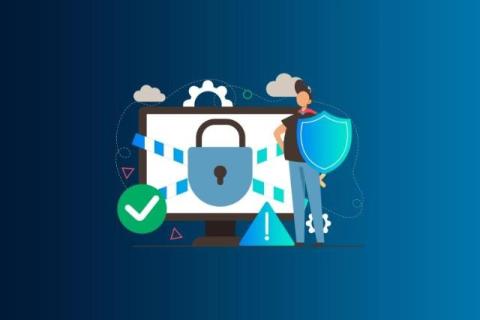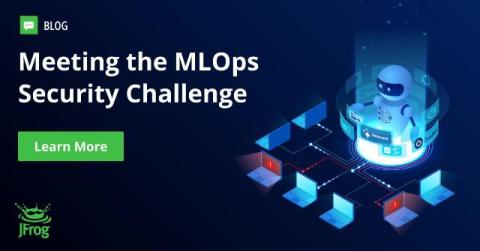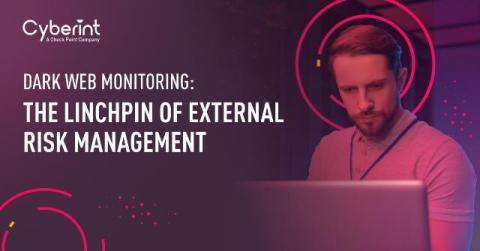Attackers Abuse DocuSign API to Send Authentic-Looking Invoices At Scale
In a concerning trend, cybercriminals are leveraging DocuSign's APIs to send fake invoices that appear strikingly authentic. Unlike traditional phishing scams that rely on deceptively crafted emails and malicious links, these incidents use genuine DocuSign accounts and templates to impersonate reputable companies, catching users and security tools off guard.











